goTenna
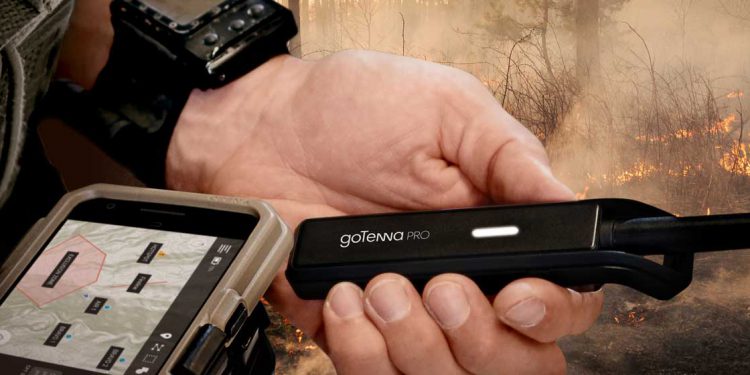
Virtual Demo | goTenna Pro for Wildland Firefighting
Wildfires are proving to be more deadly and destructive than ever, making real-time situational awareness and communications increasingly critical for wildland fire crews. Recent federal legislation passed in the United States even requires new location tracking technology to improve individual firefighters’ safety on the fire line — but what happens
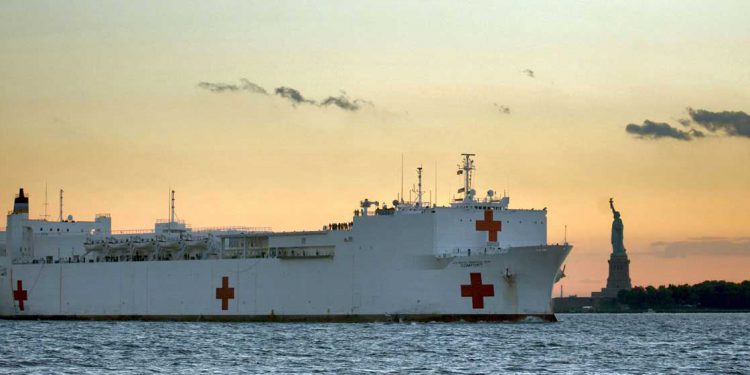
What Ebola Couldn’t Prepare Us For: COVID-19’s Strain on Emergency Communications Networks
In 2014, I was serving as the Senior Strategic Homeland Security Planner for the Brazos Valley Region in East Texas, and tasked with coordinating the Ebola response in the 7,320-square-miles surrounding the Bryan-College Station metropolitan area. Acting as a federal liaison between hospitals, public safety, and state government officials, many
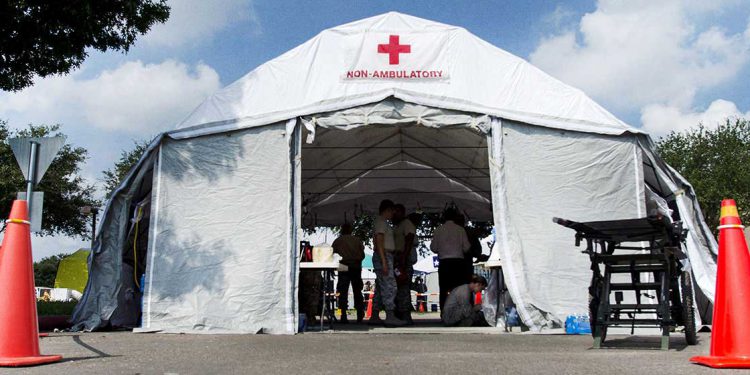
Tech Spotlight Series: Ensuring communications on the frontline of the COVID-19 fight
The global COVID-19 pandemic has left many state and local governments, hospitals and first responders scrambling to find the medical equipment, hospital beds and resources they need to keep up with the incredible influx of sick patients. With so many new cases and hospitalizations, these organizations are turning to temporary
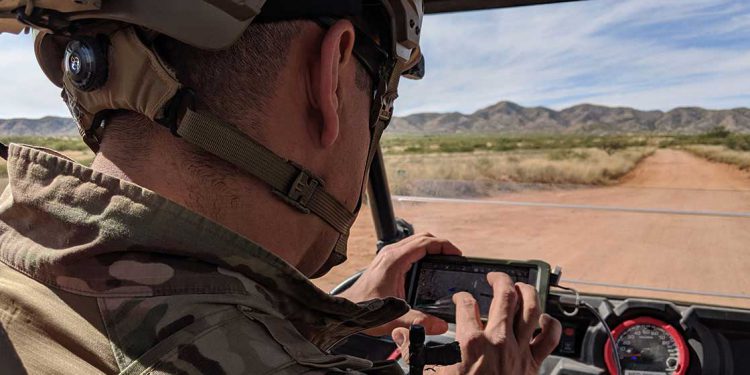
Mobile mesh networking and border patrol – staying connected while keeping the border safe
In my last article on The Last Mile, I looked at the unique communications challenges that exist at the northern border between the U.S. and Canada, which is increasingly important right now with the border closed due to the coronavirus pandemic. But it’s not the only border in need of

Enabling more effective off-grid communications at the closed northern border
Earlier this month, in an attempt to slow the spread of the COVID-19, the United States and Canada took the unprecedented step of shutting down the border between the two countries. While this sounds like a reasonable and rational step towards stemming the spread of a disease that has —

ATAK and goTenna Pro X for the JTAC – improved situational awareness for faster close air support
Having served in the United States Air Force as a Joint Terminal Attack Controller (JTAC), I understand the importance of situational awareness for conventional and special operations forces missions. During my twenty years of service, I contributed to countless missions in austere environments attached to U.S. and coalition ground forces,
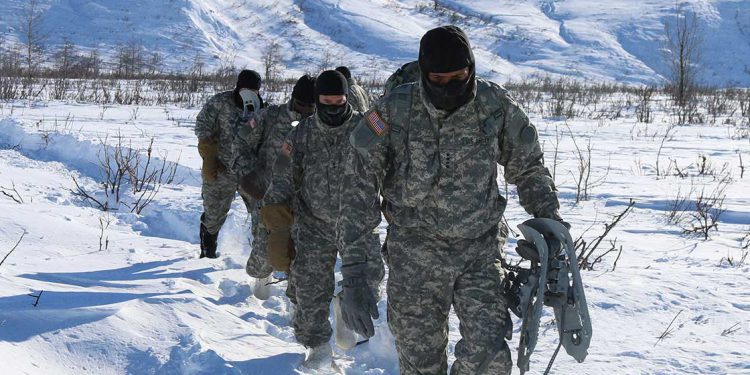
ATAK: The latest land navigation tool for the Army
This past June, I traveled to Alaska to conduct a product demonstration for the Army utilizing our goTenna Pro X mobile mesh networking solution. However, instead of simply showing the product to the Army and highlighting its capabilities and functions, they decided they wanted to see it in action for
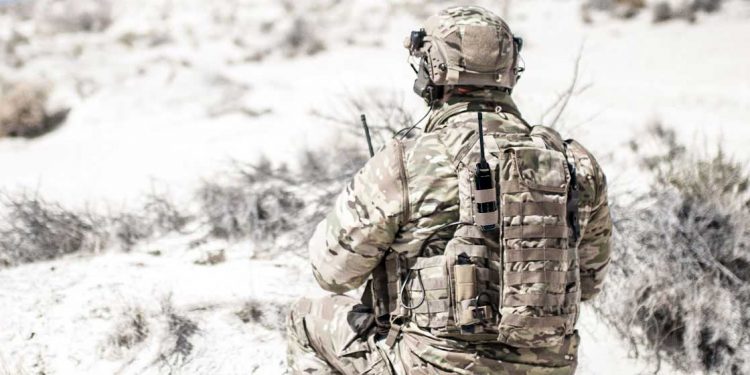
3 products to ruggedize and enhance your goTenna Pro deployment
For teams using ATAK and other apps for situational awareness, goTenna Pro and Pro X mesh networking devices are now becoming a standard part of their communications equipment load. Once paired with a smartphone or other end user device, goTenna Pro’s mesh networking technology allows teams to maintain core mobile
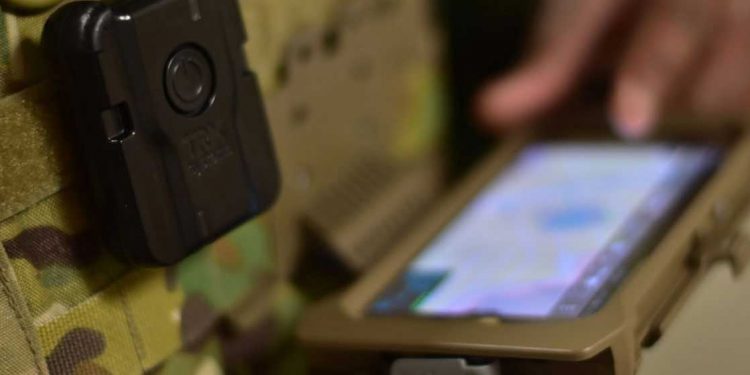
Tech Spotlight Series: TRX Systems on personnel tracking in GPS-denied environments
In previous articles on The Last Mile we’ve discussed the usage of mobile mesh networking for basic connectivity. Whether that be for the use of public safety officials or military personnel, mobile mesh networking bolsters situational awareness in areas or instances where radio signals are typically denied. But what happens
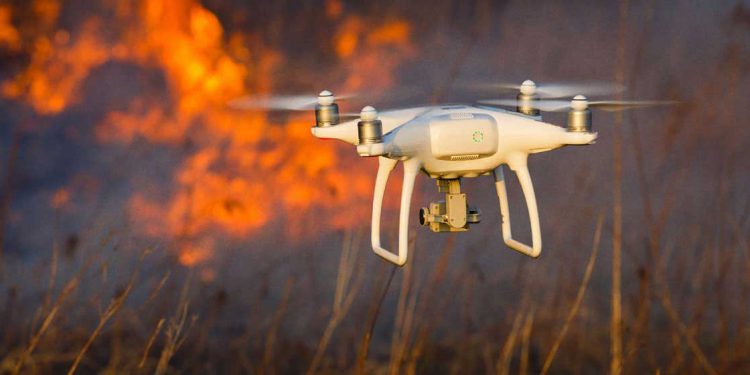
Look to the skies for the future of fighting wildfires
In my previous article on The Last Mile, I looked at the current state of the wildfire threat in the United States and how recent climate changes and shifts in our environment are not only making wildfires more frequent, they’re making them more destructive and deadly. In that article, I



